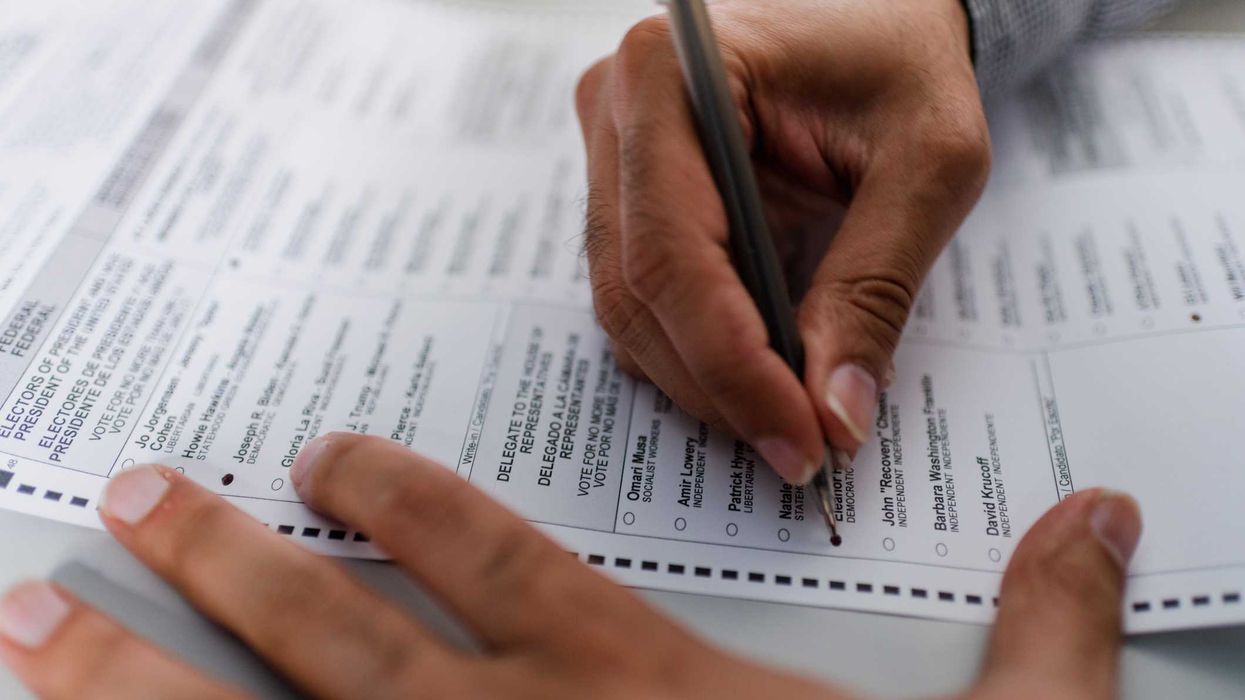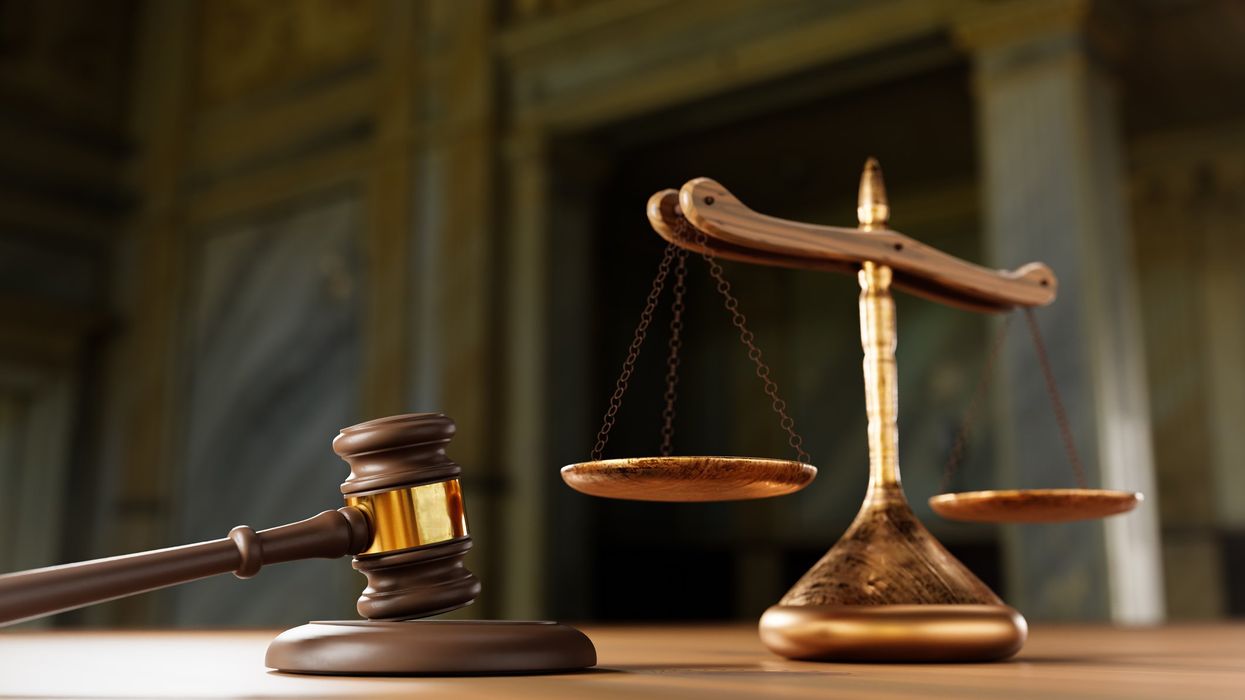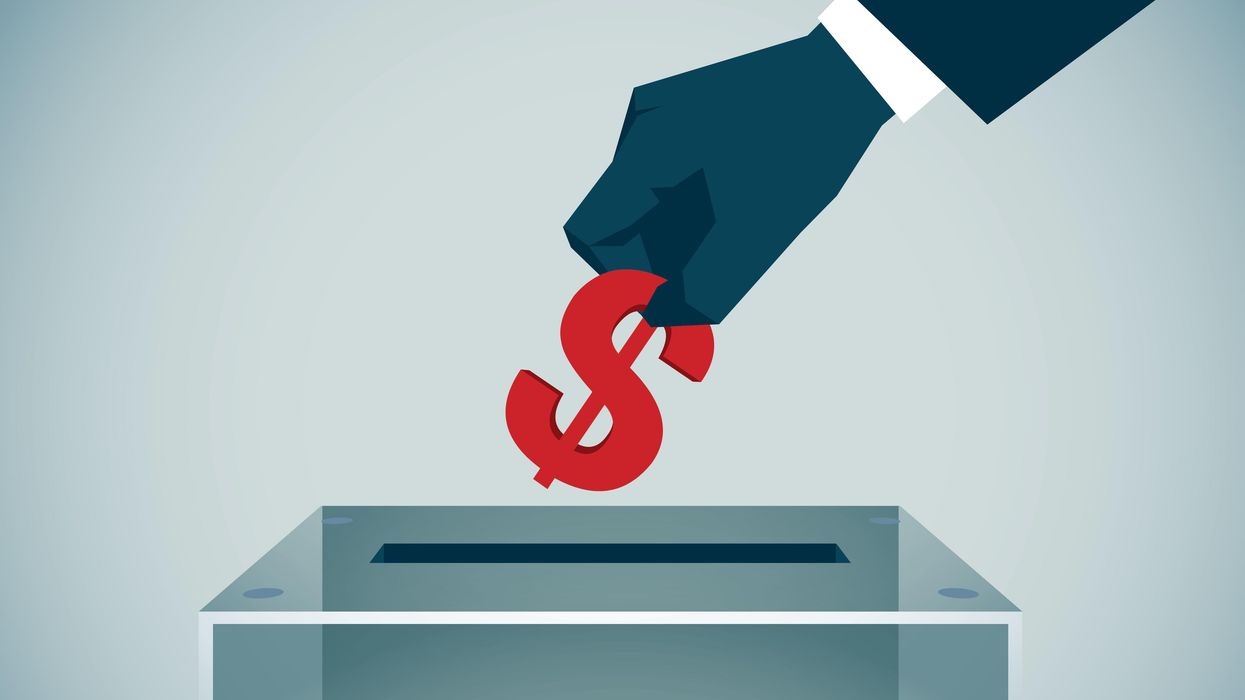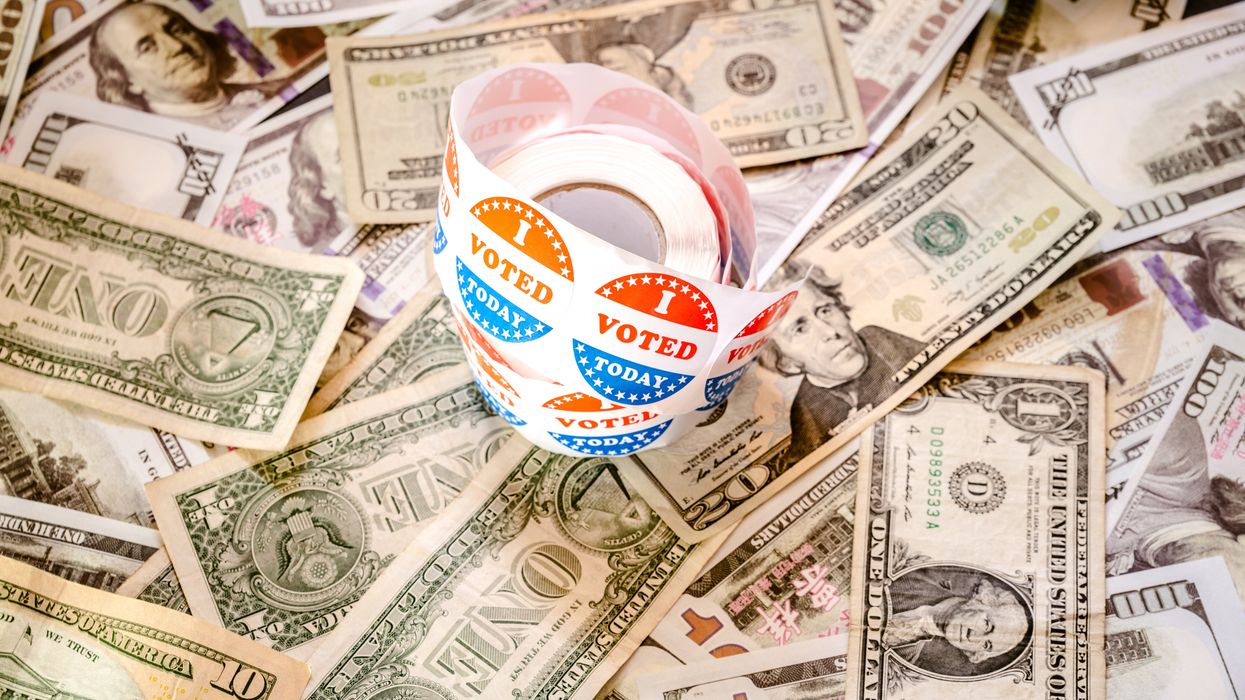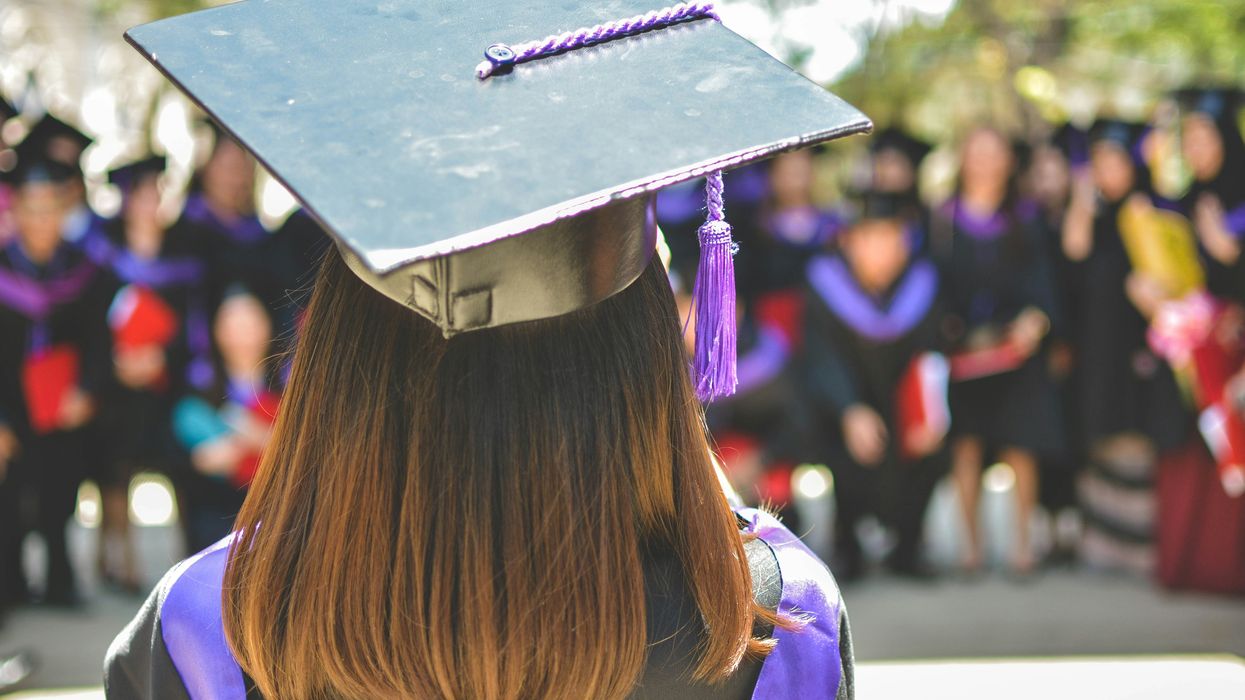Elections are getting bigger.
2024 was a blockbuster year in campaign spending, shattering the previous record—set just four years prior—as donors across the nation and the economic spectrum swooped in to pull control of every branch of government their way.
And they have a newly-powerful tool at their disposal: joint fundraising committees.
Joint fundraising committees, or JFCs, are a type of committee that allows for multiple campaigns or groups to work together to raise funds.
In the past, they didn’t pose much of a loophole. Due to aggregate spending limits, which put a cap on the total amount that any donor could contribute to campaigns in a two-year period, there was little practical difference between sending one big check to a JFC as opposed to many small checks to campaigns.
But in the 2010s and 2020s, the floodgates have opened, as numerous decisions by the Federal Election Commission (FEC) and the courts have weakened the regulatory framework.
Most crucially for JFCs, in the 2014 case McCutcheon v. FEC, the Supreme Court ruled aggregate individual spending limits unconstitutional, allowing for individual mega-donors to contribute unlimited sums to these committees.
“JFCs have really been on the rise since 2014,” said Shanna Ports, senior legal counsel to the Campaign Legal Center, a nonprofit campaign finance watchdog. “[In 2014, aggregate limits] were struck down and joint fundraising committees became more popular because it was a one-stop shop for really big donors to write one single check and have it spread between all these groups that they might care about.”
Recent action by the FEC has only exacerbated the issue, allowing for JFCs to not only solicit vast amounts of cash but to functionally engage in candidate advocacy themselves. And unlike political action committees, joint fundraising committees can take advantage of the far-cheaper candidate rates for television and radio advertising, meaning that donations to JFCs go much farther than they would to a super PAC.
Most recently, in October, the FEC once again refused to draw a line in the sand. The commission declined to issue an opinion, setting any limits on the types of advertising that JFCs could engage in after two Democratic campaigns requested clarity on the issue.
“Some of the Republican Party committees were already using this tactic where they put together a joint fundraising committee that had a campaign and the party apparatus and they put a solicitation at the end of the ad for the JFC, and then they claim that this whole ad is a joint fundraising solicitation,” Ports said.
JFCs are established under a specific “joint fundraising formula,” which determines the proportion in which the committee allocates the funds that it raises and pays for its expenses. This enables individual campaigns to benefit from the advocacy that the JFC does while only paying a fraction of the cost.
“[This] might be the party paying 50% and the candidate paying 50%, even though the ad is 99% candidate advocacy. So, this method allowed other participants and JFCs to subsidize candidates’ campaigns,” Ports said.
It all comes at a time of record industry spending in our elections.
Last year, for instance, the cryptocurrency industry invested $130 million to install allies in every branch of government.
Interest groups spent $40 million to boost (Ohio Republican Senate candidate and now-Senator) Bernie Moreno, while crypto magnates Tyler and Cameron Winklevoss together donated approximately $2 million in Bitcoin to Donald Trump’s joint fundraising committee, on the grounds that Trump “will put an end to the Biden Administration's war on crypto.” That JFC in particular had gone far beyond its fundraising role, crossing over into candidate advocacy by spending $5 million to offset the Trump campaign’s online ad expenses.
Once Trump entered office, he made good on his main campaign promise to the industry: firing Gary Gensler, the pro-regulation chair of the Securities and Exchange Commission.
So, how did we get to this point, where campaign committees are empowered to rake in near-limitless sums of cash and spend it however they want?
It starts with the FEC.
The Federal Election Commission is an independent federal agency led by three Democratic commissioners and three Republican commissioners, each appointed by the president and confirmed by the U.S. Senate.
A majority vote of its commissioners is required for the commission to take any regulatory action.
“We started to see a voting block of the three Republican commissioners and one of the Democrats, and the four of them were joining together to make these deregulatory decisions,” said Ports. “To find a violation of the law, it takes four votes. So, if we're going to have any enforcement of the laws, all four of those sitting commissioners have to agree. And historically, they have not been in agreement.”
Ports previously worked as an attorney in the Enforcement Division of the FEC’s Office of General Counsel (OGC) and noted a resistance by the commission to take enforcement action, even upon the recommendation of its lawyers.
In October, when Democrats requested an opinion from the commission on the constraints of JFC advertising, the commission deadlocked 3-to-3. The result: no opinion was issued, and the question was left unresolved.
So, what is the path forward to restore basic clarity and commonsense guardrails to our elections?
In January, the Campaign Legal Center released a report that focused on two solutions: to establish a nonpartisan “blue ribbon” panel of campaign finance experts to propose commissioners and to codify greater autonomy and enforcement power for the Office of General Counsel.
“The hope with the blue ribbon panel is that [...] they’ll pick people who really understand the law and are committed to reading it the way Congress intended it, and in line with court precedent,” said Ports, who co-authored the report alongside other veterans of the OGC.
If that fails, the enforcement reforms to the OGC would offer a fallback. Currently, their attorneys merely make non-binding recommendations that the commission can easily ignore.
“It essentially takes four votes to ratify what the staff said. But we could switch that presumption if we change the rules a bit,” Ports said. “There have been legislative proposals before Congress before to make it so that the commission has to adopt what the staff said unless they veto it by four votes. […] So that would really flip the presumption from not enforcing the law to enforcing the law.”
Those legislative proposals have consistently stalled.
Democrats’ massive “For the People Act” to overhaul American elections included similar provisions but died under the filibuster or before making it to the floor in all three congresses that it was introduced.
In 2024, a bipartisan trio of U.S. Representatives and Senators introduced much more narrowly tailored legislation, similarly mirroring the CLC’s recommendations.
It would have reduced the commission’s membership to two Democratic, two Republican, and one nonpartisan commissioner, all recommended by a “Blue Ribbon Advisory Panel” of judicial and election experts, and would have made the recommendations of the general counsel the presumptive action for the commission to take, subject to veto by the commissioners. It died in committee, failing to make it to the floor in either chamber.
The current system harms everyone: even those who oppose campaign finance laws and have fought hard in the courts and in Congress to get us to this point.
By deadlocking and abdicating its responsibility to adjudicate and enforce the law, the FEC isn’t just dismantling the regulatory framework: it is standing back and letting it wither away through neglect.
Coby Potischman is a journalism and political science student at Northwestern University. He previously covered politics for Northwestern in Washington, D.C.






